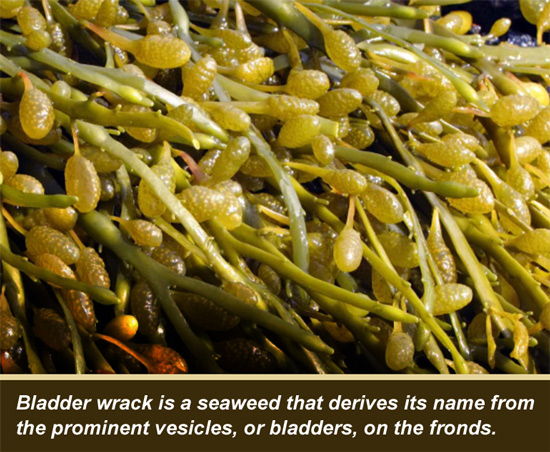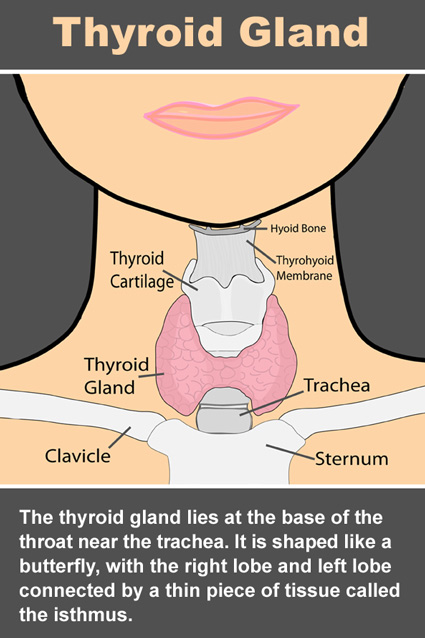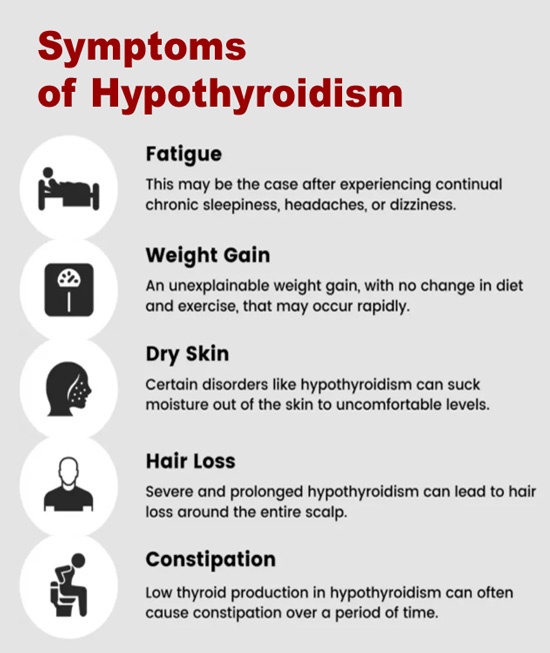In 2013 a special feature in the Huffington Post asked, “What’s Behind the Secret Epidemic of Hypothyroidism?” It was termed “secret” since millions of people have it and don’t even know it.
That was nine years ago, and since that time the epidemic has only worsened. According to EndocrineWeb, though estimates vary, today approximately 10 million Americans suffer from full-blown hypothyroidism.
And this is just be the tip of the iceberg since the term “hypothyroidism” indicates the more severe stage of “thyroid deficiency.” Tens of millions of additional Americans have some degree of thyroid hormone deficiency, and are unaware of the condition.
The deficiency is already likely manifesting itself in numerous health issues—such as low energy and irritability—but the symptoms are simply not recognized for what they are.
Approximately 60 million Americans are estimated to have these “lower-level” thyroid deficiencies. The condition is more common in women than men, with EndocrineWeb estimating that as many as one in ten women may have a deficiency of some kind.
What is the hypothyroidism?
The thyroid gland is a butterfly-shaped endocrine gland that is normally located in the lower front of the neck. The thyroid’s job is to make thyroid hormones, which are secreted into the blood and then carried to every tissue in the body.
Thyroid hormone helps the body regulate energy use, and stay warm. It also helps keep the brain, heart, muscles, and other organs working as they should.
According the American Thyroid Association, hypothyroidism is defined as “an underactive thyroid gland.” Specifically, hypothyroidism means that the thyroid gland can’t make enough thyroid hormone to keep the body running normally. People are “hypothyroid” if they have too little thyroid hormone in the blood.
Note that hypothyroidism refers to an under-active thyroid, while hyperthyroidism refers to an over-active thyroid.
Fortunately hypothyroidism is easy to diagnose with a simple blood test. It can even be conducted at home or in a nutritional testing setting (i.e. when measuring nutrient deficiencies).
The test is conducted using a thyroid function test—sometimes called a thyroid function panel—which will measure the amount of thyroid hormone in the blood.
For patients with overt hypothyroidism, treatment is considered critical.
Over the long-term, hypothyroidism can increase the risk of heart disease, cancer, infertility, depression, and other serious conditions. However, in patients with a more mild case of thyroid dysfunction, most medical practitioners will hesitate to embark on a drug treatment program due to side effects.
All drug use comes with risk to one degree or another—and these side effects can include making the thyroid worse rather than better. So, it is becoming more widely accepted to address the problem with diet, lifestyle changes and supplementation—at least for mild cases, or early stages of the disease.
What is causing the hypothyroidism epidemic?
Though there is much debate on the causes for rising hypothyroidism, everyone agrees that our modern, frantic, stress-filled lives is a major factor. The Huffington Post article puts it this way: “Think about what the thyroid does. It regulates metabolism, the “pace of life,” among other actions. Now think of all the demands we make on our metabolism. Our modern lifestyles are so frenetic, we hardly ever stop.”
Other factors include exposure to toxins, chemicals, and environmental pollutants. This includes everything from pesticides and alcohol use to prescription drugs and vaccines.
Another more recent and highly-debated contributing factor is radiation. Radiation exposure happens in many different forms. Healthcare providers will acknowledge that radiation therapy for cancer treatment virtually guarantees a disruption to healthy thyroid function.
At the same time, there is much debate on whether or not other sources of radiation are contributing to the problem. This would include regular cell phone use, wireless signals, pollution from nuclear power plant disasters, and exposure to other modern technologies that produce radiation in minute but constant amounts.
Bladder wrack and kelp—thyroid support from the ocean
Bladder wrack and kelp are both edible seaweeds packed with iodine and other critical nutrients. To learn more about kelp, see our January 10 article here.
Bladder wrack is the common name for Fucus vesiculosus, a seaweed found on the coasts of the North Sea, the western Baltic Sea and the Atlantic and Pacific Oceans. The fronds of bladder wrack contain prominent spherical air vesicles—or “bladders”—from which the seaweed derives its name.
The bladders are usually paired one on either side of the mid-rib, but may be absent in young plants.
Bladder wrack has been used for centuries as both food and medicine, and today it is making a comeback as natural medicines are “rediscovered.” It is gaining recognition because of its ability to improve thyroid health, aid in weight loss, and for being a cornucopia of nutrients.
Iodine benefits the body in a number of ways, including serving as a natural detoxifier. The thyroid absorbs iodine and, in doing so, replaces other toxins that may have accumulated—including bromide, a common chemical additive that is ubiquitous around the world, and is thought to be especially harmful to the thyroid.
Iodine is also a critical component in the production of thyroid hormones—thyroxine and triiodothyronine. The body doesn’t make iodine, so it has to come from the diet or supplements.
Interestingly, ancient remedies in China included iodine-containing foods, long before “iodine” was identified as a nutrient. Seaweed was prescribed as effective treatment for enlarged thyroid glands, or goiter; however, iodine wasn’t “discovered” until the 19th century.
In 1852, a French chemist deduced that iodine deficiency may be linked with thyroid issues. Then, in 1896, a German chemist first found iodine in the thyroid itself.
Anti-inflammatory powerhouse
Bladder wrack’s benefits extend beyond its iodine content. This is crucial since hypothyroidism isn’t always caused by an iodine deficiency. It often requires more than iodine to fix a thyroid issue.
In fact, bladder wrack is known for its exceptional combination of macro and micro nutrients. This includes dietary fiber, beta-carotene, zeaxanthin, volatile oils, bromine, potassium and other minerals. This explains why it has been harvested and used as food in far East Asian countries and coastal countries of Western Europe for centuries.
Research published in Marine Drugs in 2018 found that Fucus vesiculosus has a wealth of bioactive compounds that possess antioxidant, anti-inflammatory, anti-tumor, anti-obesity, anti-coagulant and anti-diabetes properties. No wonder it is thought to contain so much potential for helping address the hypothyroidism pandemic.
A 2018 Japanese study published in Integrative Cancer Therapies found that fucoidan nutrients in bladder wrack “provided anti-inflammatory, antioxidant, anticancer and immune-modulatory properties.”
A 2018 Danish study, published in Food Chemistry, found bladder wrack to be “rich in polyphenolic compounds known as phlorotannins, which have been found to possess high antioxidant capacity.”
Optimal Health Systems products containing bladder wrack or kelp include:
• Essential Nag Redux.
• Exposure Protection Pak
• Opti-Iodine
• Opti-Thyroid
• Natural Z Pak
– – –
Sources: Links included within article.




